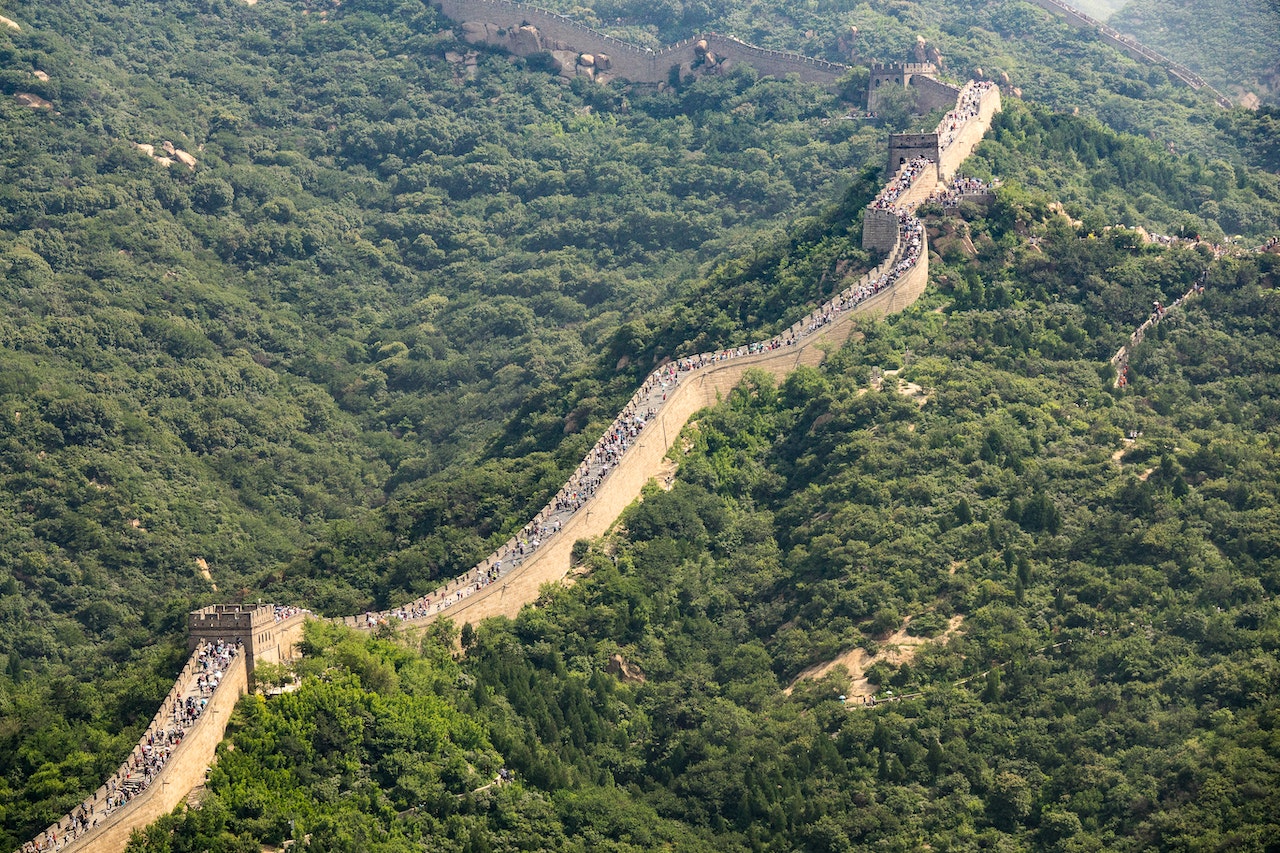If you’re someone who likes to run where ancient history occurred, you have no shortage of options. Marathons and half marathons are plentiful in such places. In Asia, one of these races is the Angkor Wat Half Marathon in Cambodia, where you can run among the ruins of what used to be one of the world’s largest cities. Another option is the Great Wall Marathon in China. Read on to learn more about the history of the Great Wall of China and the race details.
History of the Great Wall of China
The Great Wall of China took centuries to build and stretches over thousands of miles across what was once the northern border of China, notes the National Geographic Society. Its original purpose was to protect China from invasion. In the earliest days, as many as 2,500 years ago, the wall was constructed of packed dirt, but as time went on, construction methods developed, and eventually brick, granite, and marble were used.
In the mid-1300s, National Geographic explains, during the era of the famous Ming Dynasty, the wall was improved even more with the addition of watchtowers and observation platforms. As time went on and China expanded its territory to the north into Mongolia, the wall no longer sat on the country’s northern border. However, it still serves as a reminder of the historic efforts taken by the earliest Chinese to mark out their country’s territory.
Marathon Began in 1999
According to its organizers, Albatros Adventure Marathons, the Great Wall Marathon was first run in 1999. The Huangyaguan section of the Great Wall, which passes through Tianjin Province, was selected for the race because of its proximity to several small villages, which provide runners with the chance to see authentic Chinese rural life. As founder Soren Rasmussen points out, another benefit of this location is its proximity to Beijing, which is only a few hours away. In the race’s first year, 350 runners participated with 292 finishing, but today, the organizers note, runners total 2,500 from over 65 countries.
The Race Route
The organizers provide a detailed description of the race route. The marathon begins with an uphill 5K, followed by a steep set of steps. After running along the top of the wall for 3K, a steep downhill is next. After this start, the race follows a river and enters the village of Duanzhuang, then crosses the river to enter the town of Xiaying. Farm fields are encountered next, followed by three more villages: Dongjiafen, Qingshanling, and Chedaoyu. A loop path takes runners back to the village of Duanzhuang, after which they must undertake their second steep climb onto the Great Wall. They then repeat their 3K run along the top of the Great Wall before going back downhill, then they turn around to repeat the climb onto the Great Wall and the run along it in the opposite direction. In all, more than 5,000 steps are encountered during this race.
The Race Atmosphere
Race founder Soren Rasmussen understood the rigors involved for the racers when he designed a race that includes such a physical challenge of conquering so many steps, so he explains he placed an emphasis on safety in the race planning. Multiple drink stations are provided, medics are available, and a communications network is established to ensure the runners’ safety. He also mentions emergency relief teams that are available to assist at a moment’s notice.
While some elite-level runners do participate in the Great Wall Marathon, because of the challenging route, which is sure to return most marathoners their slowest times, Rasmussen explains the race attracts many more amateur runners who are less focused on setting record times. Such runners pause frequently to recover from the steep step climbing, take photos of the amazing scenery, and interact with the locals lining the route. Many also bring their families.
Other Events
In addition to the marathon distance, the Great Wall Marathon organizers also note they offer a half marathon route and an 8.5K fun run, as well. These routes overlap with the marathon route. While participants for the full marathon must be 18 years old to participate, half marathoners need only be 16 years old, while fun run participants must be 12 years old to participate on their own, with younger ages allowed if accompanied by someone 16 years old or older.
Additionally, as founder Soren Rasmussen describes, tour guides and tour buses are provided so that not only participants but also their accompanying family members can experience the Great Wall and its vicinity. On the day before the race, inspection day, participants and their family members are taken to the Great Wall and provided with lunch and a tour through a local village for sightseeing. It seems the race organizers aim to not only provide a great running experience but a great tour experience, as well.

